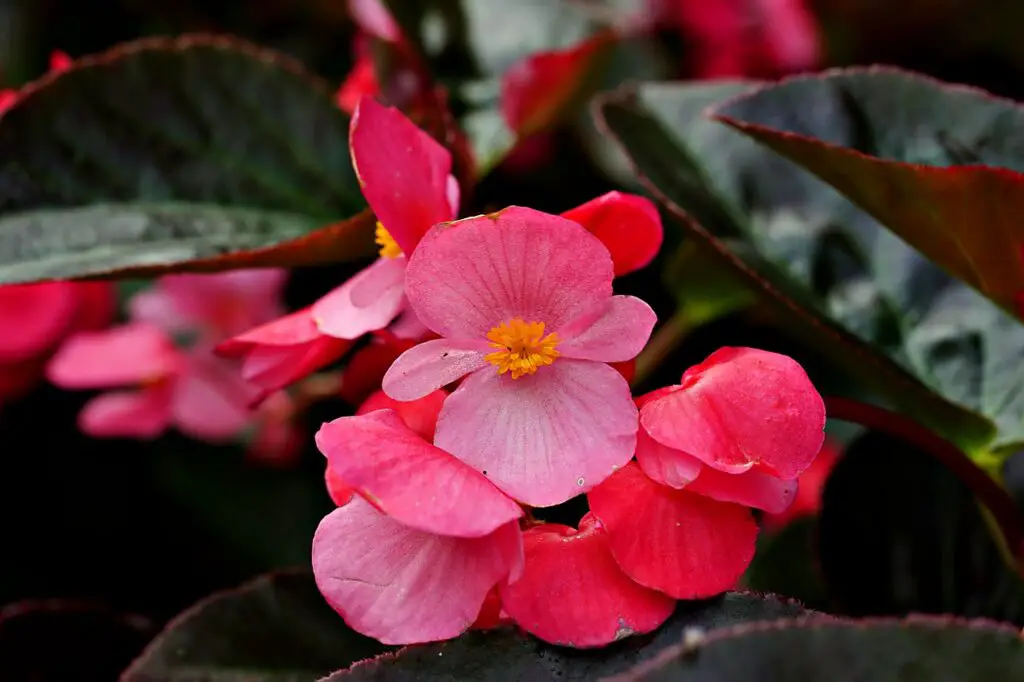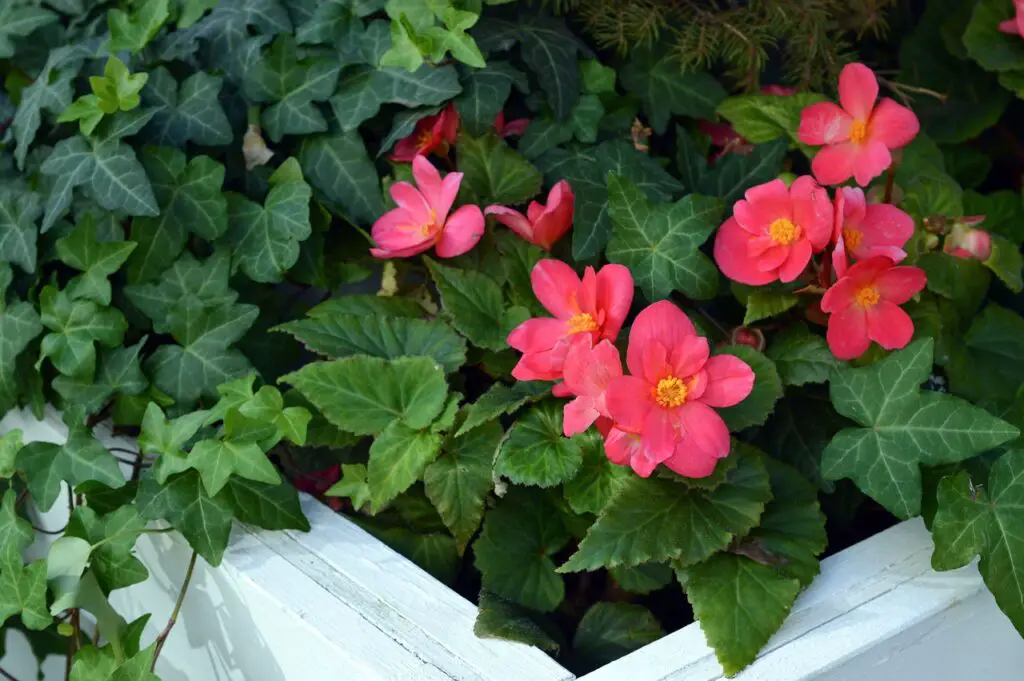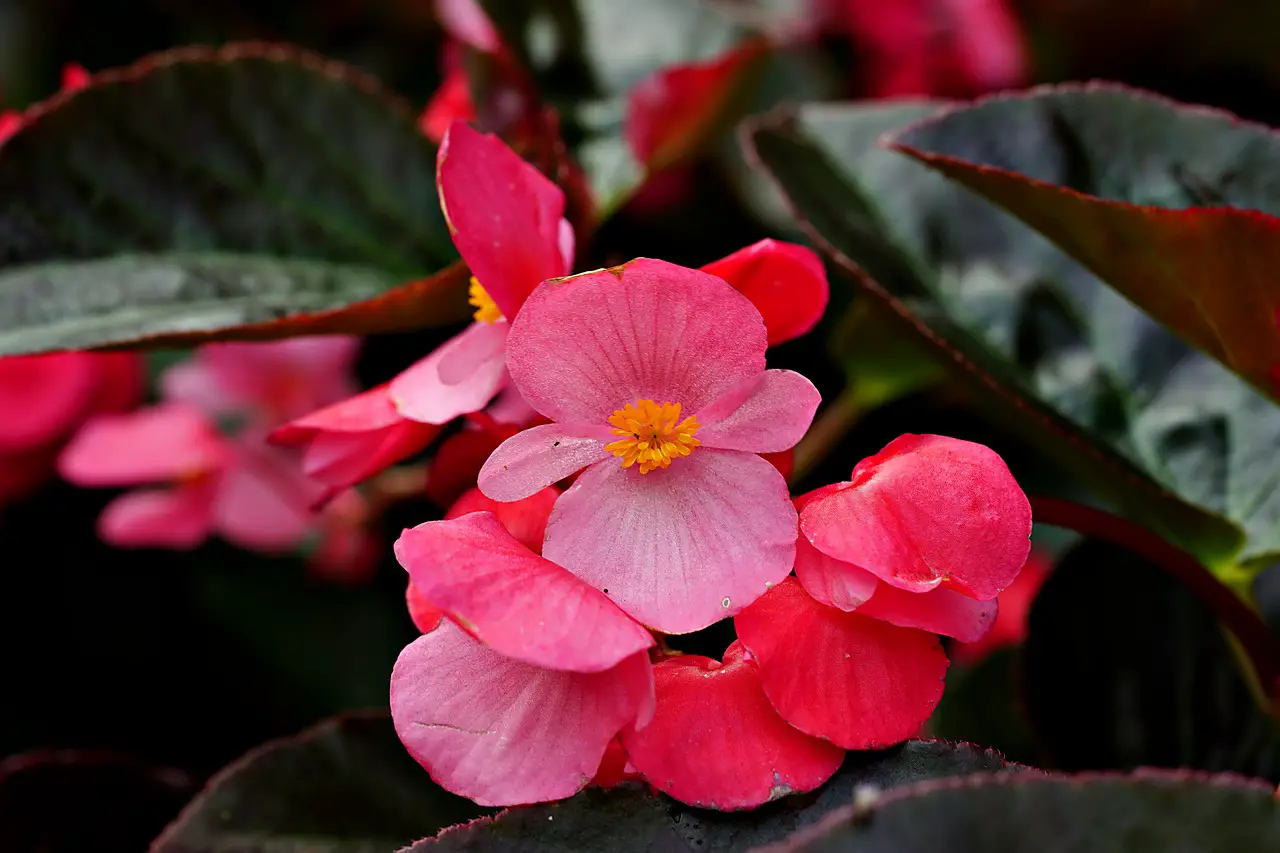Begonia Maculata, commonly known as the Polka Dot Plant or the Trout Plant, is a stunning and unique houseplant that has become increasingly popular among plant enthusiasts. This plant features striking, polka-dotted leaves that make it stand out among other foliage. In this guide, we will cover everything you need to know to successfully grow and care for your own Begonia Maculata.
Introduction to Begonia Maculata
Begonia Maculata is a member of the Begoniaceae family and is native to the tropical forests of Brazil. It is an evergreen perennial that is typically grown as a houseplant. The plant can grow up to three feet tall and two feet wide, and its leaves can reach up to six inches in length. The leaves are oval-shaped and have a striking pattern of silver spots on dark green leaves, which resemble a trout’s skin or a Dalmatian’s spots. The plant produces small, pink, or white flowers that grow on long, thin stems, but the leaves are the main attraction of this plant.
Subtopics:
- Growing Begonia Maculata
- Caring for Begonia Maculata
- Propagating Begonia Maculata

Growing Begonia Maculata
Begonia Maculata is a relatively easy plant to grow, and it is suitable for both beginner and experienced gardeners. Here are the essential factors to consider when growing your Polka Dot Plant:
Lighting: Begonia Maculata prefers bright, indirect sunlight. Too much direct sunlight can scorch its leaves, while too little light can result in the loss of its colorful spots.
Temperature: This plant thrives in warm and humid environments. It prefers temperatures between 60-75°F (15-24°C) and cannot tolerate temperatures below 50°F (10°C).
Soil: A well-draining soil mix is essential for Begonia Maculata’s growth. A mix of peat moss, perlite, and vermiculite is ideal. This plant prefers a slightly acidic soil pH of 5.5-6.5.
Watering: Begonia Maculata likes to be kept evenly moist, but it does not tolerate overwatering. Allow the top inch of soil to dry out before watering again. Water your plant thoroughly, ensuring that the water drains out of the bottom of the pot.
Fertilizing: Use a balanced liquid fertilizer diluted to half strength during the growing season, from spring to summer. You can reduce or stop feeding during the winter months.
Caring for Begonia Maculata
Begonia Maculata is a low-maintenance plant, but it still requires care to keep it healthy and thriving. Here are some tips for caring for your Polka Dot Plant:
Pruning: You can prune your Begonia Maculata to maintain its shape and encourage bushier growth. Pinch back the tips of the plant’s stems to encourage branching.
Humidity: Begonia Maculata loves high humidity, which mimics its natural environment in tropical forests. Mist the plant’s leaves regularly with room temperature water or place a humidifier nearby.
Pests and Diseases: Begonia Maculata is susceptible to spider mites, mealybugs, and scale insects. Regularly inspect your plant and treat it with insecticidal soap or neem oil if you notice any pests. The plant can also develop root rot if overwatered, so ensure that the soil has good drainage.
One of the most important factors to keep in mind when taking care of your Begonia Maculata is proper watering. These plants are native to the tropical forests of Brazil, so they thrive in environments that are consistently moist. However, it’s important to avoid overwatering, as this can lead to root rot and other issues.
To water your Begonia Maculata, start by checking the moisture level of the soil. Stick your finger about an inch or two into the soil – if it feels dry, it’s time to water. Water the plant thoroughly, but be sure to allow excess water to drain away from the pot. Never let your Begonia Maculata sit in standing water, as this can cause root rot.
In general, Begonia Maculata should be watered about once a week, but this can vary depending on factors like the size of the pot, the humidity level in your home, and the amount of light the plant is receiving. Be sure to monitor the soil moisture level regularly and adjust your watering schedule as needed.

Humidity Requirements for Begonia Maculata
As mentioned, Begonia Maculata is native to the tropical forests of Brazil, which means it requires a humid environment to thrive. In most homes, the air is quite dry, especially during the winter months when heating systems are running. To keep your Begonia Maculata healthy, it’s important to provide it with the humidity it needs.
One easy way to increase humidity is to place a humidifier near your plant. You can also create a humid microclimate by grouping plants together, placing a tray of water near the plant, or misting the plant with a spray bottle. Be sure to avoid misting the leaves directly, as this can lead to leaf spot disease.
Fertilizing Begonia Maculata
Finally, fertilizing your Begonia Maculata is an important part of its care. These plants benefit from regular feeding, especially during their growing season (spring and summer). Use a balanced, water-soluble fertilizer once every two weeks to promote healthy growth and flowering.
When fertilizing, be sure to follow the instructions on the package carefully. Overfertilizing can cause root burn and other issues, so it’s important to use the correct amount. You can also use a slow-release fertilizer, which will provide nutrients to your plant gradually over time.
Frequently Asked Questions:
Q: Is Begonia Maculata toxic to pets?
A: Yes, Begonia Maculata is toxic to both cats and dogs. Keep your furry friends away from your plants, or consider choosing a different plant if you have pets.
Q: Why are the leaves on my Begonia Maculata turning yellow?
A: Yellowing leaves can be a sign of overwatering, underwatering, or pest infestation. Check the soil moisture level, and inspect the plant for signs of pests like spider mites or mealybugs.
Q: Can Begonia Maculata be propagated?
A: Yes, Begonia Maculata can be propagated through stem cuttings. Simply take a cutting that includes at least one node, and plant it in a pot filled with moist soil. Keep the soil consistently moist, and your new plant should start to grow in a few weeks.

In Conclusion:
Begonia Maculata is a stunning plant that can add a touch of tropical beauty to any home. By following the care tips outlined above, you can ensure that your plant stays healthy and happy for years to come. With proper watering, humidity, and fertilization, your Begonia Maculata will thrive and reward you

